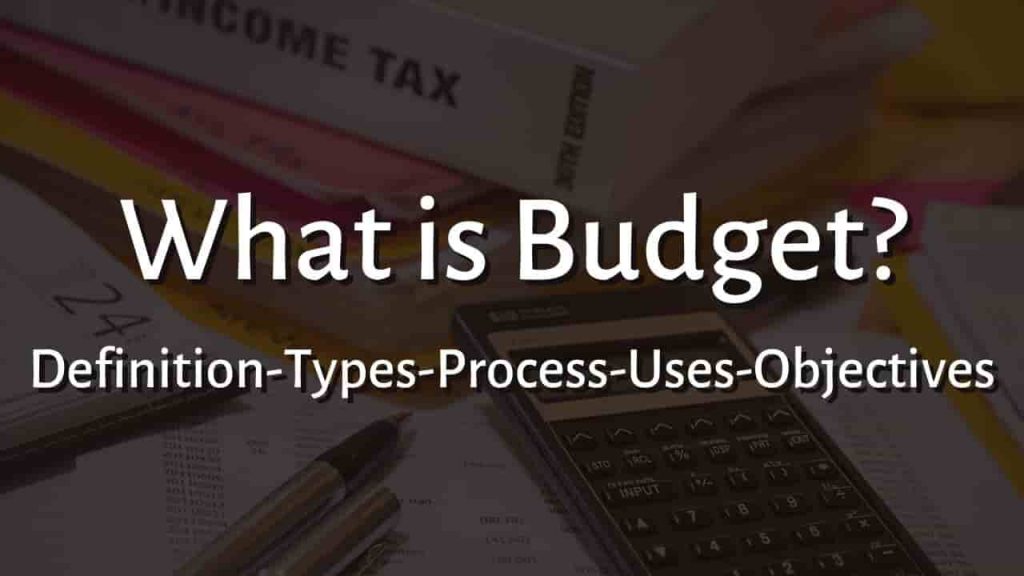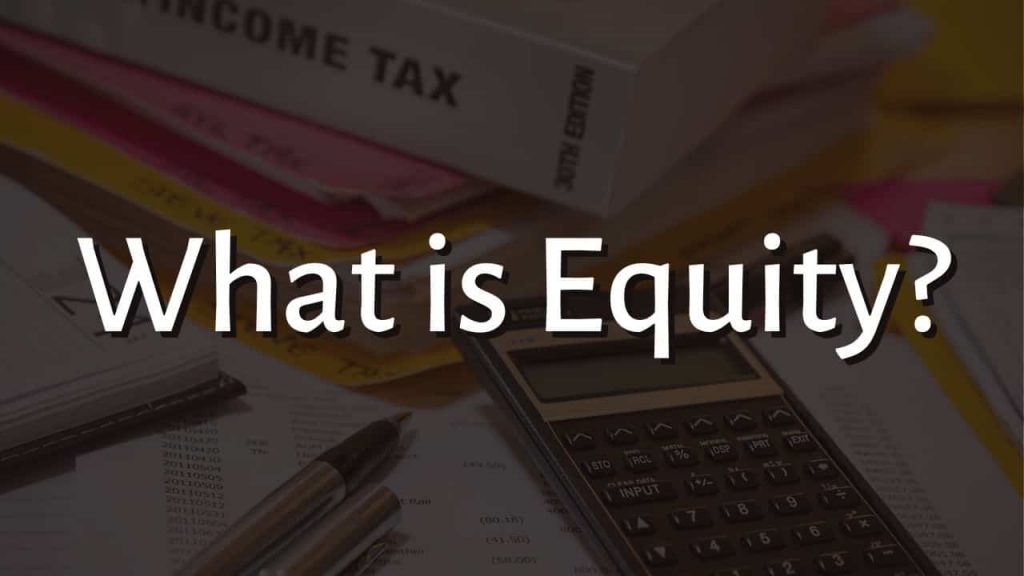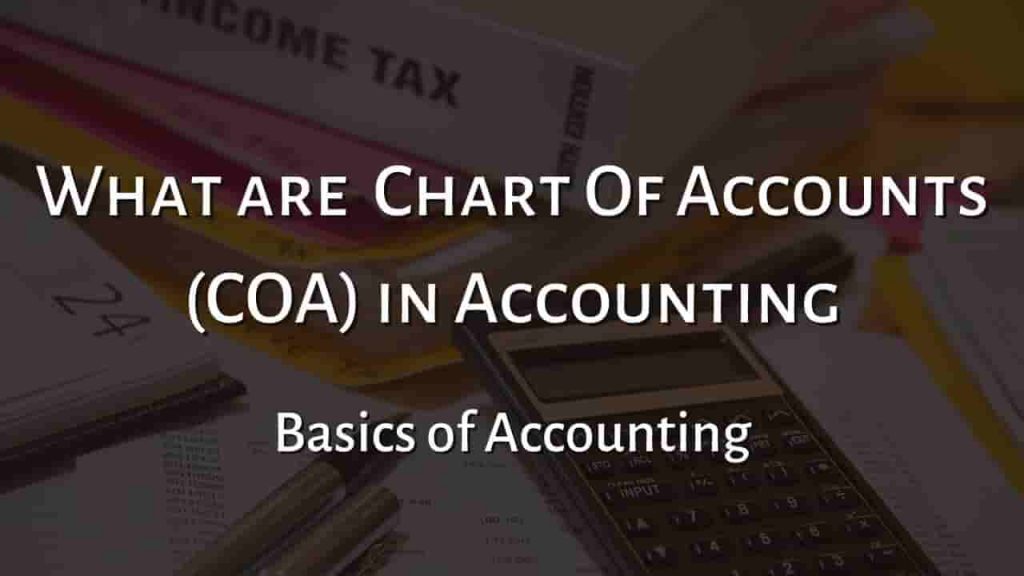Working Capital
Definition of Working Capital: The word working capital refers to the amount of capital that a company has readily available. That is, working capital is the difference between cash or quickly convertible into cash resources (Current Assets) and organizational obligations for which cash will be required shortly (Current Liabilities).
Current assets are resources that are currently in cash or will soon be converted to cash in the “regular course of business”.
Current Liabilities are obligations that will demand financial settlement in the “regular course of business” in the near future.
How to Calculate Working Capital?
Working capital is determined by means of the current ratio of assets divided by current liabilities. A ratio higher than 1 implies that current assets outweigh current obligations and the bigger the ratio, the better.
Working Capital Formula
Working Capital = Current Assets – Current Liabilities
Components of Working Capital
These working capital components are disclosed in a department’s Statement of Financial Position under the following headings:
Current Assets
• Liquid Assets such as cash and bank deposits
• Inventories
• Debtors and Receivables
Current Liabilities
• Bank Overdrafts
• Creditors and Payables
• Other Short Term Liabilities
Importance of Working Capital
Working capital is important because it is vital to keep companies solvent. In principle, even if it’s lucrative, a firm may become bankrupt. After all, a company cannot rely on paper earnings to pay the bills – the payments must be quickly paid in cash. A firm has earned $2 million in cash because of its retained earnings for past years. The firm might find itself with a low current level of assets to meet its current responsibilities by investing all $2 million at a once.
Importance of Good Working Capital Management
Working capital is a component of the Crown’s investment in a department. The Crown has an opportunity cost as a result of this. (Money invested in one area may “cost” chances to invest in another.) If a department operates with greater working capital than is required, the Crown bears the expense of this over-investment.
Excess working capital indicates operating inefficiencies from a departmental perspective. In addition, the amount of capital charges needed by departments from 1 July 2021 is increased by the amount of unnecessary working capital.
Approaches for the Management of Working Capital
The aim of working capital management is to keep each work capital component in an optimum balance. This means ensuring that as much as feasible and to a maximum extent possible, money is stored as cash in bank accounts to maximize the income generated. However, this cash may be an “investment” in other assets or the reduction of other obligations more properly.
Two levels of working capital management:
- The ratio analyzes may be used to monitor global trends in working capital and to highlight areas that need closer monitoring.
- Effective management of specific work capital components by use of different approaches and strategies
By using technologies and strategies, departments must realize that each department has a distinct mix of working capital components. The focus on each component will vary depending on the department. Some departments, for example, have substantial stock levels; others have minimal or no stock levels.
In addition, the management of working capital is not an aim in itself. It is part of the overall administration of the department. In connection to other areas of financial and non-financial departmental performance, demands of effective working capital management must be addressed.
For more click here and if you are looking for full forms of different acronyms and words then check out this list you really gonna find this helpful. We also have an Essay on every topic, Check the complete list here. If you are Studying in Matric Free Video Lectures of Maths, Physics and English are here, and we have got you covered for I.COM Business Maths also.







